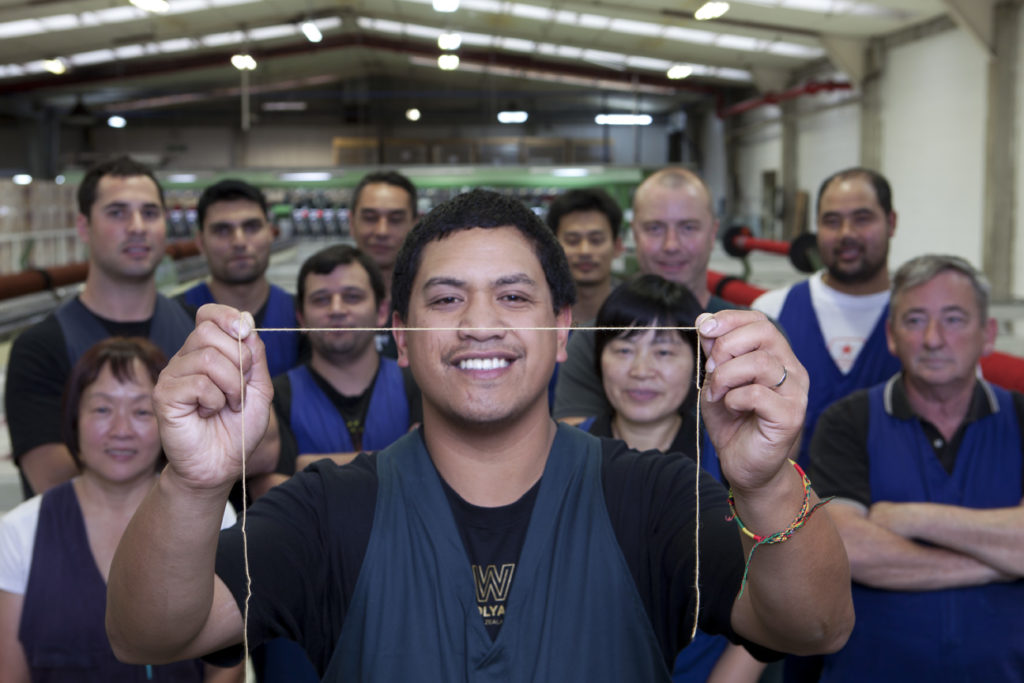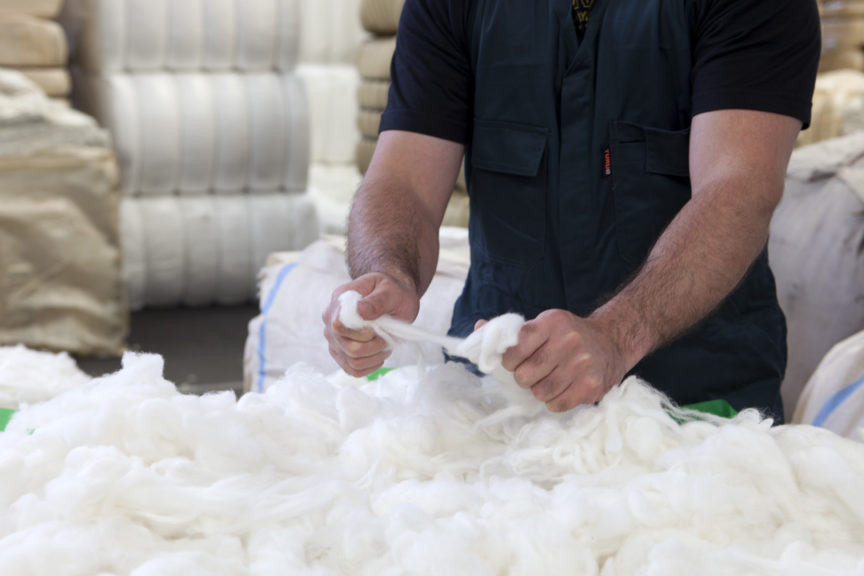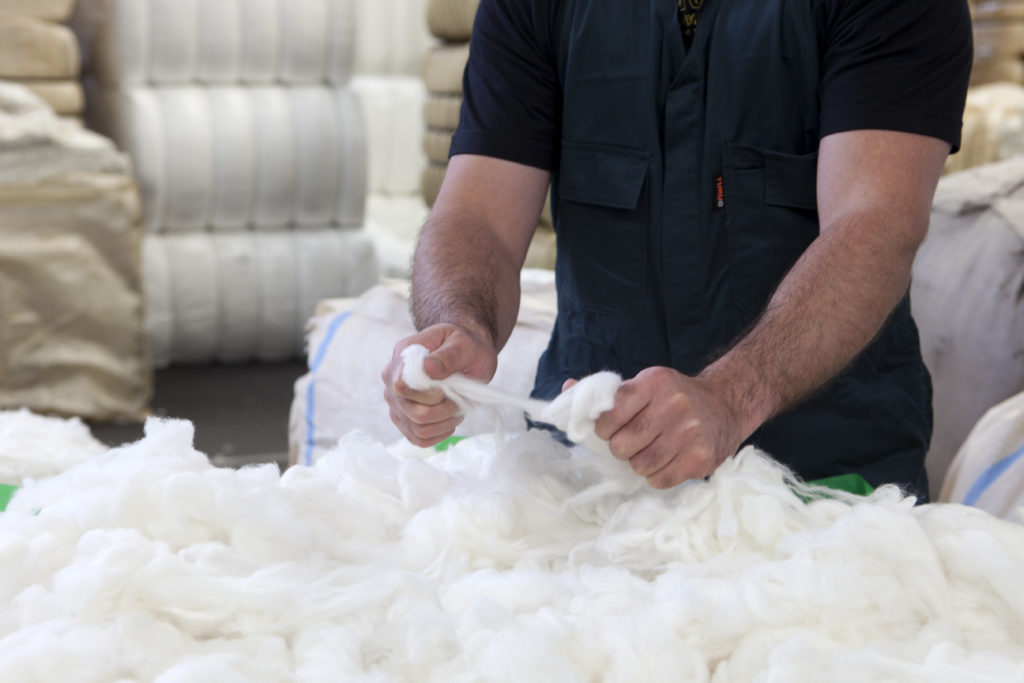Slow fashion garments are considered, timeless and made out of high quality, lasting materials that can biodegrade at the end of their wearable lifespan, moving away from fast fashion consumerism. You just have to swipe a few times on you newsfeed to find some article or another speaking of “Zero Waste”, “Green” or “Sustainability”. It’s definitely a trending topic in all consumer industries as people have an emotional response to environmental concerns globally and become more conscious of their lifestyle choices. The theory is, if we consider what we are buying and where it will end up, we could collectively make a huge difference to our environment. Changes in consumer patterns is encouraging designers to come up with new solutions to fit the needs of their customer, while still delivering covetable clothing.
The slow fashion movement is the antithesis of fast fashion and is gaining momentum and popularity as more consumers change their spending habits. Slow fashion brands carefully consider what goes into their products and their effects on the world long term. Slow fashion incorporates good design, high quality materials and respectful practices to both people and the environment. For slow fashion to be sustainable, profits must be considered to allow competitiveness in the market and make it a viable business model. Consumers of slow fashion shift their focus from high volume to high quality of clothing, accepting a potentially higher price tag if it means they are contributing towards a positive future.
Social conscience
Who made my clothes is a movement marking the anniversary of the Rana Plaza tragedy in which 1,134 garment factory workers died in the collapse of a factory in Bangladesh on April 24th 2013. Fashion Revolution is an organization that, utilising the power of social media, is provoking thought and discussion to bring about change. The use of the hashtag #whomademyclothes while tagging brands on Instagram, Facebook and Twitter, encourages consumers to think about the brands they are choosing to support and brands to think about their production practices and supply chain management. Last year the tag had a 63 million reach in numbers, making an international impact on consumers which flows on to designers.
Made of quality
When we think of apparel fibres and fabrics that are good for the environment, we often think natural – cellulose fibres derived from plants including linen, bamboo and cotton and protein fibres from animals including wool, silk and cashmere. These fibres are all biodegradable, and can create high quality fabrics that with proper care can last a long time. People consider the use of water, fertilisers and pesticides used for growing these fibres, and there are some organic options in the market. Synthetic fibres may not use as much water to produce, but can be very harmful to the environment as they are not biodegradable and the manufacturing process can emit detrimental pollutants. Ecologist Michael Browne examined sediment on various shorelines around the world, finding man-made fibres commonly used in clothing that had washed into the environment after being in laundered in domestic machines. “Browne estimates that around 1,900 individual fibres can be washed off a single garment, and find their way into the oceans and on shores everywhere”. Synthetic fibres such as polyester may take up to 200 years to fully decompose whereas natural fibres will quickly decompose.
Spending a little more money on high quality clothing saves the consumer financially in the long term as the garment will take longer to wear out and therefore will not need to be replaced as frequently. There are plenty of articles online teaching people how to recognise quality when they are shopping. Tips include looking at construction and tailoring and understanding good quality materials as well as how to recognise them. If people are questioning the quality of garments by inspecting them before buying, brands will be encouraged to put higher quality clothing on the shelves.
Helping consumers support slow fashion
There are some great aides and initiatives to make it easier for consumers to make positive choices when buying clothing. One such example is using the Good on You app and website, which aims to help shoppers choose brands that have a positive impact on people, animals and the planet. Ethical Consumers Australia is the non-profit organisation behind the app whose goal is to “make it easier for people to make consumer choices that match their values.” Good on You is a database of brands that consumers can search through to find products that meet their ethical needs.

Kapua by Untouched World, made with New Zealand Made possum blended yarns. Image source: http://www.stuff.co.nz/life-style/fashion/79827725/Possum-fur-blended-with-merino-silk-and-cashmere-is-the-latest-fashion-trend
Amongst the 3000 brands listed on Good on You, is New Zealand’s Untouched World, who have sustainable practice at the core of their business. They choose high quality components to deliver “beautiful, easy wear, easy care pieces you will enjoy for years to come. Pieces that not only make you feel good inside and out, but that are also gentle on the earth.” As well as their dedication to high quality clothing, they run several initiatives within their charitable trust including “Leadership for a sustainable future” programmes for youth in New Zealand. Untouched World has clothing for men, women and children that is comfortable, fashionable and made from quality materials such as merino, organic cotton and brushtail possum blends from Perino by Woolyarns.
New Zealand Made
Perino by Woolyarns, gaining popularity internationally after exhibiting in prestigious textile trade events such as SpinExpo and Pitti Filati, has many attributes that contribute to the slow fashion movement. The two premium blends Cirrus and Nimbus are both completely made up of natural fibres that will biodegrade quickly when at the end of their long (up to 15+ years if carefully looked after) life span. Choosing fabric made with undyed yarn mean less chemicals are used in the production of the garment. The possum fibre halo or ‘burst’ can be seen on the surface of the fabric and helps to protect the other fibres in the blend. Possum fibres are smoother and shorter compared with wool fibres, so they are less likely to ball up and interlock, attributing to the abrasion resistant qualities that make the fabric less likely to pill than 100% cashmere and 100% fine merino fabrics. This makes the garment look and feel new for longer.
Being New Zealand made, Perino yarns are produced in safe and fair conditions. Woolyarns pays above minimum wage, provides additional employee benefits such as sick leave payouts, optional overtime, long service benefits, and a friendly and family oriented working environment. The amount of staff members that have been working at Woolyarns for over 10 years and those that come back to work after stints elsewhere, is testament to a positive work environment.

The team at New Zealand’s family owned yarn mill Woolyarns home to Perino by Woolyarns – luxury possum blends
You are what you buy
All of us as consumers have our own set of criteria that dictate our buying behavior, but delving deeper into this discussion leads to one point – the more we buy garments of clothing that are made with attention to detail all the way through the supply chain, out of high quality materials and created in fair, safe working environments, the less fast fashion garments will be made and therefore less textile waste will occur.
Brands that are environmentally and socially conscious, working within the slow fashion realm include: Eileen Fisher, Margaret Howell, Svilu, Untouched World, Zady, Cuyana, Reformation, Patagonia, Everlane, Alium, Brigid McLaughlin, Waltz and People Tree.

